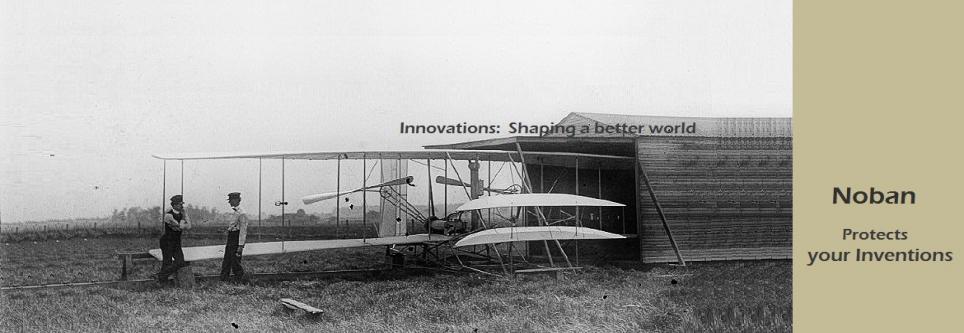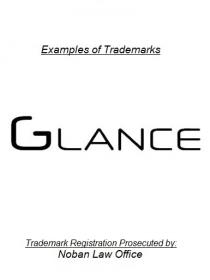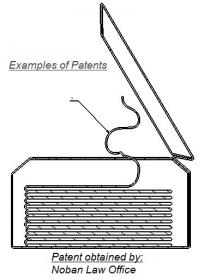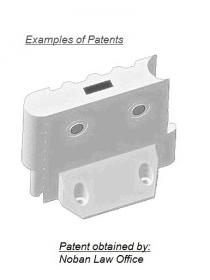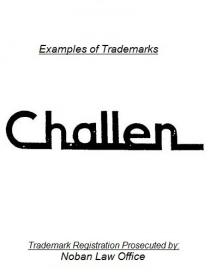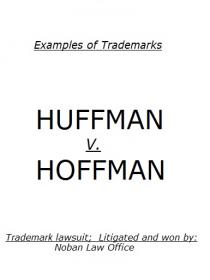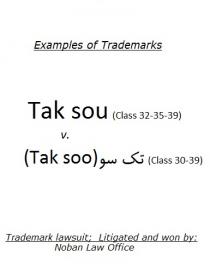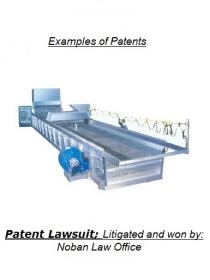European Patent Office enters new era: managing the EU Unitary Patent

Now that 25 European countries have reached agreement on creating a single European patent, someone has to design the system that runs it. And the first question is: what should a European patent cost?
A select committee made up of representatives from the 25 European countries that signed the unitary patent treaty last month and the European Patent Office (EPO) will meet on 20 March at the EPO in Munich to begin debating that question.
“The success of the new unitary patent depends largely on our capacity in the coming months to fix an appropriate level for annual fees,” said EPO President Benoît Battistelli, in an interview with Science|Business. He expects the total administrative cost of filing and maintaining an average European unitary patent, including patent office, translation and legal fees to come down by roughly 70 per cent.
The biggest cost cuts will come from a single granting process. But an especially tricky task will be pricing the annual renewal fees. Under Europe’s existing patent regime, the EPO examines and grants the patent, but patent holders must pay an initial registration fee in each country where they want it to be valid – requiring multiple translations and local attorneys. Then the patent holders must pay renewal fees each year in every country where their patent is valid. These renewal fees amount to about 15 per cent of the total patent application and maintenance cost, which the EPO estimates at about €30,000.
Those practices make patenting in Europe prohibitively expensive, particularly for small and medium-sized companies. The argument for creating a unitary patent is to reduce the cost and complexity significantly, Battistelli said. The single European patent requires only one validation and one renewal fee, but it must also cover the total cost of administration.
Balancing act
So what might the annual renewal fee cost for 25 European countries under the unitary patent? “It will certainly be less than the addition of 25 annual national annual fees of the 25 member states concerned by the unitary patent,” said Battistelli. “It should not be too high.”
National patent offices, however, are not keen to see a reduction in their fees. At present, Europe’s national patent offices split patent renewal fees 50-50 with the EPO. Under the new unitary patent, 50 per cent of the annual renewal fees will still go to the EPO, which is responsible for maintaining a register of all unitary patents. But the remaining 50 per cent will be divided among all the national patent offices that have ratified the treaty – which is likely to mean splintered lower fees for national patent offices.
The EPO will be responsible for granting and managing the unitary patent. As such, it will act as the virtual national office of all the territories of the EU countries participating in the unitary patent scheme. Ratification by a minimum of 13 countries is needed to launch the unitary patent.
To kick off the discussion on designing a fee structure for the unitary patent, the EPO is collecting patent fee data from all 25 signatories and analyzing it. Renewal fees today vary widely from country to country. Patenting practices matter too. Today, on average, European patent filers elect to validate a European patent in 8 to 10 countries – not all 25 as with the new unitary patent. So in theory, the renewal fees for a unitary patent should not be set way above the current average cost of patenting in 10 countries.
A graduated fee curve
Battistelli said it is reasonable to expect the patent renewal fees for the unitary patent would be lower in the first years before a product is on the market and just after products are launched, and higher from 10-12 years on, when a product has become successful and is generating maximum revenue, a practice introduced in the US and several European countries. “You can increase the fees dramatically in the last years. The highest level should be in the 15th to 20th year,” he said.
Battistelli said it also makes sense to consider lower fees for small and medium-sized companies (SMEs). Reduced-fee schemes for SMEs already exist in the US and several European countries. As former head of the French patent office, Battistelli introduced a lighter fee regime for SME patent filers in 2006, reducing the pre-granting fees for SMEs by 25 per cent at first and ultimately by 50 per cent. Renewal fees for French SMEs are lower for the first 10 years of the patent.
Experts believe that lower cost and a streamlined patent procedure will help drive innovation among SMEs and ultimately stoke economic growth in Europe. But few studies have been done to demonstrate that link. This year the EPO will fund an independent scientific study on the potential economic impact of the unitary patent, with particular attention to SMEs.
On 5 March the EPO announced a record number of applications and patents for 2012, with European companies leading in eight of the top ten technology fields. “It’s difficult to know the actual impact of the unitary patent,” Battistelli said. “But I’m convinced it will develop progressively – and in the midterm it will be very positive for the European economy.”
Legal predictability
Another key to the unitary patent’s success will be the quality of the decisions by the new unitary patent court system, including clarity, rationality and predictability, Battistelli said. “What is most important in economic life is predictability. A patent is an investment. Companies and individuals need to have a clear picture what is possible and not, what is legal and what is not.”
Some multinationals remain leery of the new unitary patent construct and may opt to continue patenting under the existing scheme, country by country. But Battistelli said he expects they will “test” the new European Patent Court, and will find their reservations are not a concern. He also dismissed worries that so-called “patent trolls” will become a problem in Europe under the unitary patent – another industry worry. Patent trolls are individuals or companies that accumulate patents in order to challenge potential infringers in court for damages – with no intention of manufacturing or marketing the patented product.
“I think patent trolls are linked to other elements and those are injunction powers in the US legal system,” Battistelli said. “If we find a good balance between the interest of the patent holders and the interest of third parties – which is the basis of the European system – I am convinced we will have balanced and appropriate decisions.” Patent litigation in Europe is much lower today than in the US. Only one out of 1000 European patents is contested for invalidity. That is a relatively low figure that reflects in part the more-detailed examination process of the EPO, and in part the fact that, unlike in the US, in Europe software and business practices can earn patents only under very limited circumstances; a large portion of US patent fights are over those two contentious categories.
News Source: http://www.sciencebusiness.net/news/76068/European-Patent-Office-enters-new-era-managing-the-EU-Unitary-Patent

